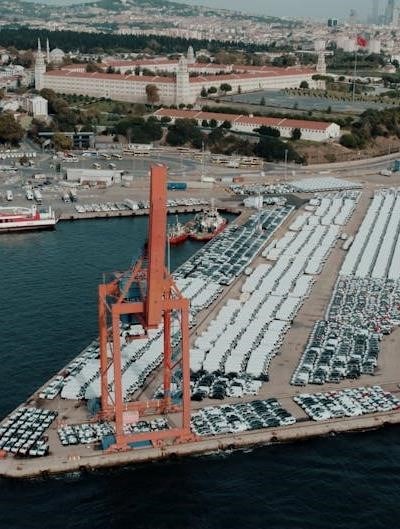
The phenomenon of “dumping” – the introduction of products into a foreign market at a price below their normal value – represents a significant challenge to the stability of global trade and the equitable functioning of the global economy. Addressing this issue necessitates robust international trade law frameworks and the active involvement of international organizations. This article details the mechanisms employed to combat dumping, focusing on the roles of key institutions and the complexities inherent in international commerce.
Understanding Dumping and its Effects
Dumping occurs when subsidized exports or products are sold at a price lower abroad than domestically, or at a price below the cost of production. This practice, often linked to predatory pricing strategies, can create substantial market distortion, harming domestic industries and potentially leading to job losses. The resulting injury margin – the extent of harm suffered by domestic producers – is a critical factor in determining appropriate trade remedies. Calculating the dumping margin, the difference between export price and normal value, is a complex process subject to rigorous investigation procedures.
The World Trade Organization (WTO) and Anti-Dumping Measures
The WTO provides the primary multilateral framework for regulating trade policy and resolving trade disputes. The WTO Anti-Dumping Agreement allows countries to impose anti-dumping duties to offset the effects of dumped imports. However, these measures are subject to strict conditions. Member states must demonstrate both dumping and material injury to domestic industries. Principles of national treatment and most-favored-nation are central to the WTO’s approach, ensuring equitable application of rules.
Import restrictions, while sometimes employed, are generally discouraged by the WTO in favor of targeted anti-dumping duties. The WTO’s dispute resolution mechanism provides a forum for countries to challenge anti-dumping measures they deem inconsistent with WTO rules. This process involves panels and an Appellate Body, ensuring a rules-based approach to global trade.
Beyond the WTO: Other International Mechanisms
While the WTO is paramount, other organizations and agreements play a role. Free trade agreements (FTAs) often include provisions addressing dumping, sometimes mirroring WTO rules but potentially offering more stringent standards. Economic sanctions, though primarily used for political objectives, can indirectly address unfair trade practices. Export controls, while not directly aimed at dumping, can limit the supply of goods used in potentially dumped exports.
Challenges and Complexities
Determining “normal value” and accurately assessing injury are significant challenges. Issues surrounding customs valuation and the attribution of government subsidies add further complexity; Trade barriers, even those not explicitly related to dumping, can exacerbate the problem. Protectionism, disguised as anti-dumping measures, remains a concern. Furthermore, disruptions to supply chains can influence pricing and complicate investigations.
The Principle of Comparative Advantage
It is crucial to differentiate between legitimate price competition based on comparative advantage and actual dumping. Lower prices resulting from increased efficiency or economies of scale should not be penalized. The goal of anti-dumping measures is to level the playing field, not to protect inefficient domestic industries from legitimate competition.
Safeguard Measures and Countervailing Duties
Related to anti-dumping are safeguard measures, which are applied when a surge in imports, regardless of whether they are dumped, causes serious injury to a domestic industry. Countervailing duties are imposed to offset the effects of government subsidies on exported goods. These are distinct from anti-dumping duties, which address below-cost pricing.



This article provides a commendably concise yet comprehensive overview of the complex issue of dumping within the context of international trade. The elucidation of the injury margin and dumping margin calculations is particularly valuable, demonstrating a clear understanding of the practical challenges inherent in identifying and addressing unfair trade practices. The emphasis on the WTO’s role and the stipulations of the Anti-Dumping Agreement are crucial for anyone seeking to grasp the legal framework governing this area.
A well-structured and insightful piece. The author accurately highlights the delicate balance between protecting domestic industries from predatory pricing and upholding the principles of free trade as enshrined within the WTO framework. The discussion of national treatment and most-favored-nation principles is particularly pertinent. Further exploration of the evolving challenges posed by state-sponsored dumping, and the increasing complexity of global supply chains, would be a logical extension of this analysis, but the current scope is expertly managed.